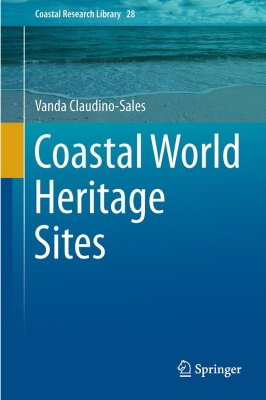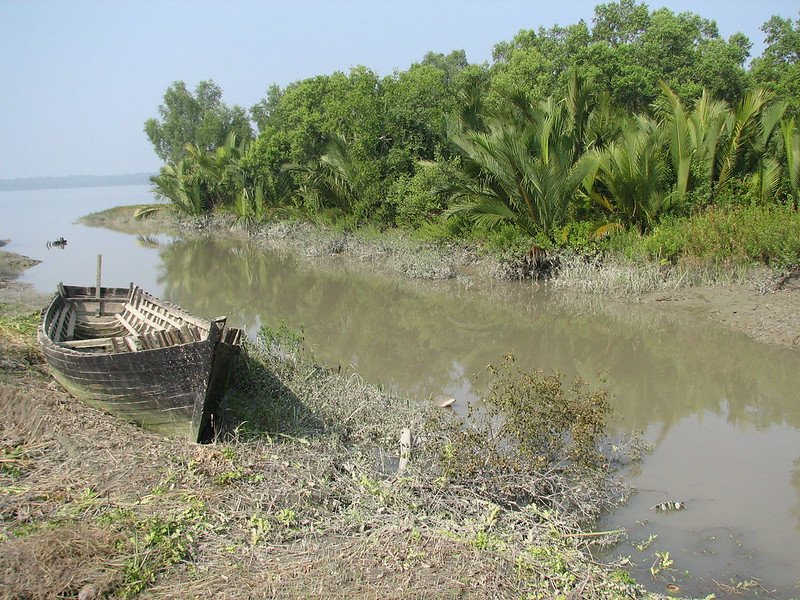Els Slots
Book: Coastal WHS
Books about WHS are few and far between. Of course there are plenty that feature single sites, but putting a group of WHS into perspective is rare. In 2019 Vanda Claudino-Sales (a geography researcher from Brazil) compiled “ Coastal World Heritage Sites ”. I was happy to contribute a few photos to her book and was given a digital copy of it in return. However it took me until the Second Lockdown and rainy days around Christmas 2020 to find the time to fully read it. The book (aimed at the scientific coastal community) is a bit dry, but it stems from meticulous research and provides lots of tidbits that we can dwell on.

World Coastal Heritage List
The author presents her own World Coastal Heritage list: natural and mixed WHS that include both purely marine sites as well as terrestrial sites with coastal segments. She found 84 of them in 48 countries. This up to and including the WHC of 2017. In 2018 (none) and 2019 ( French Austral lands , Migratory Bird Sanctuaries , Paraty , Vatnajökull ) I count 4 more coastal sites that could be added. UNESCO has its similar marine programme by the way, where 50 sites are brought together focussing on their marine ecosystems. Both lists lack a clear definition, but you’ll find pure coastal sites without a significant marine component (such as Giant's Causeway , Olympic National Park , Stevns Klint ) only on the World Coastal Heritage list.
The country with the most coastal sites in this study is Australia, with ten. The USA has six, the UK and Canada have five sites each. Five sites ( Tropical Rainforests of Sumatra , Rio Platano , Gulf of California , East Rennell , Everglades ) are currently part of the In Danger list – a rather small percentage, and when I had a closer look I found out that their worries are mostly terrestrial (illegal logging, urban growth, mining). But these coastal sites face their own dangers. They “specifically are under risk from climate change and with the rising of the ocean level related to global warming”, claims Claudino-Sales.
Updating our coastal connections
With this book, Vanda Claudino-Sales puts Continental coasts in the spotlight (in addition to Islands, Gulfs and Reefs). A strength also is the structural attention to the climatic conditions of a site and the effects of climate change in its conservation. I have been deliberating for a while to add a Climate change connection to this website, but could never find the right angle. The subject includes too many generic threats (such as the rising of the sea levels) that may take decennia to materialize if at all.
So I came up with “ Affected by Climate Change ”- WHS where the OUV is already being eroded by effects of climate change (such as coral bleaching, retreat of the ice covers and rise in frequency / severity of wildfires). To select the connected sites I relied on the most recent IUCN World Heritage Outlook and this Coastal WHS book. East Rennell so far is the only coastal site where climate change is one of the reasons that it has been put In Danger. For many WHS the effects have not been studied or not yet analyzed.

The information provided in the book also has been a good source to update our existing coastal connections Coral , Dunes , Lagoons , Mangroves , Sea stacks , Tidal effects and Oil Spill with additional connected sites.
More on
Els SlotsComments
No comments yet.
